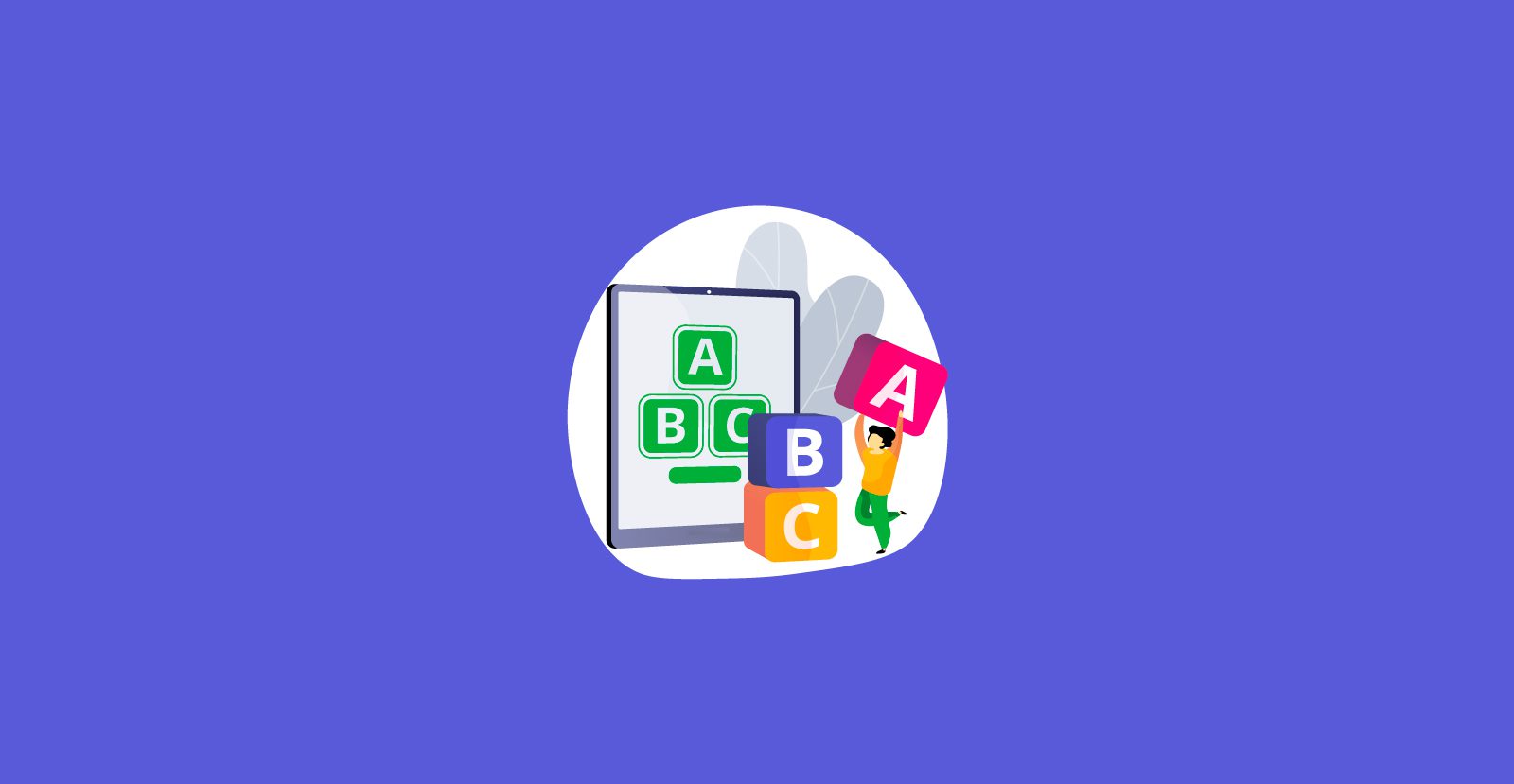Thanks to the rapid technological advancement and the pandemic, online learning has become an integral part of the education system. From schools to higher education institutes, everyone is using an online learning platform to continue their education during the lockdown.
How does online learning work?
Most institutes don’t use email as they regard it to be an unreliable delivery method. Instead, the course’s learning resources will be shared with the students using the institute’s online learning platform. In most cases, it will include a central online platform that is easily accessible from a student’s personal computer, tablet, or smartphone. There are four types of online learning platform that you should know about:
- Learning Management Systems
This system is among the most common options for teaching online. A Learning Management System (LMS) can be considered an online classroom through which instructors can deliver lectures, play audio and video, make announcements, hold discussions, carry out learning activities, and grade students’ work. They can provide and store materials in a variety of formats, including MS Office documents, videos, and third-party applications. Also, they can support synchronous as well as asynchronous interactions between the students and the faculty. Institutes can host their online learning management system locally or remotely. Regardless of wherever the server is, a learning management system requires substantial bandwidth and high-speed connectivity. - Peer-to-peer platforms
Since Facebook is among the most popular websites on the internet, this free social media platform can be used as an alternative to the learning management system. It offers a lot of advantages over the LMS platform. Institutes can design their own social media network so that they don’t have to promote commercial content. Also, such platforms can support low-bandwidth communications so that instructors and students are able to have synchronous and asynchronous conversations without needing a lot of bandwidth. Also, since the social media platforms are always available as an app, students will be able to access the course through their phones.
- Online conferencing applicationsAnother alternative to the learning management system is an online conferencing system that the institute can use for holding online meetings and webinars. A web conference has the ability to mimic the usual lecture of a classroom. The instructor can talk to the students, share their presentations or notes, and students can raise their hands virtually and communicate through chat or voice. The only issue with this system is that if the university faculty don’t create a diverse and creative experience with the students, it can lead to a very didactic, lecture-based, and instructor-lead instruction.
- Two-way audioThe last option is the two-way video/audio for one-to-one tutoring or coaching through Google Hangouts or Skype. This medium can be a powerful online learning platform as it offers intensive one-to-one or one-to-many support and instruction. This way, e-learning is more face-based and less impersonal. Also, talking with someone one-to-one is required to develop a rapport with them.Out of all the mentioned online learning platforms, the one that offers the most immersive experience to the students is the learning management system. However, the type of system that works best for you will depend on many factors, including the institute you are in, the skills of the instructors, and technical considerations.



Please enter input field